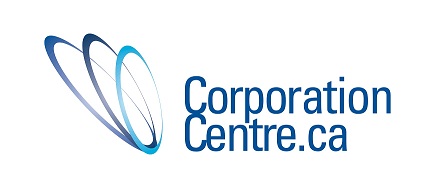At
least as important as a general knack for public speaking, is the ability to
deliver a persuasive presentation. Business leaders are regularly called upon
to inform and enlighten (among others) employees, clients, and prospective
investors, and the ability to convey one’s ideas successfully to a wide variety
of stakeholders is a hallmark of exemplary leadership.
The
most important guiding principle is to know your stuff; if you have done your
research in advance and know the topic you’ll be discussing inside-out, you’ll
be able to both cover the essentials, and readily respond to questions and
comments from the audience. That said, it sure helps to know what sort of
people you’ll be addressing.
Familiarize
yourself with the audience.
 The
best presentations take shape well in advance of a speaker’s scheduled
appearance. Ideally, not only should a presenter be physically ready (i.e. well
rested, nourished, and properly equipped); s/he should also have conducted a
reasonable amount of advance research into the audience. What are the wants and
needs of the people who will be listening to you? What are their priorities?
What are they optimistic/anxious about? What information will they be most
interested to hear? If you’re a presenter who likes to sprinkle in the odd
joke, what sort of humour do you think will elicit a favourable response from
this crowd?
The
best presentations take shape well in advance of a speaker’s scheduled
appearance. Ideally, not only should a presenter be physically ready (i.e. well
rested, nourished, and properly equipped); s/he should also have conducted a
reasonable amount of advance research into the audience. What are the wants and
needs of the people who will be listening to you? What are their priorities?
What are they optimistic/anxious about? What information will they be most
interested to hear? If you’re a presenter who likes to sprinkle in the odd
joke, what sort of humour do you think will elicit a favourable response from
this crowd?
Start
strong.
Some
presenters like to begin with a short anecdote; others prefer a punchy opening
statement, rhetorical question, or a description of a commonly held belief
that, to channel 19th-century wordsmith Mark Twain, “just ain’t so.” (You could
even open by laying out the aspects of the misconception, asking “How often
have you all heard this story?”, and then explain why it is erroneous.)
Your
immediate priority should be to grab your audience’s attention. If necessary,
introduce yourself and establish your qualifications. But keep this preliminary
step brief (one or two sentences), and then get right to the point.
Punctuate
your presentation.
Once
you have captured the attention of the audience, your next challenge is to
maintain it until you’ve finished. Inexperienced presenters often make the
mistake of bombarding viewers with information in large tranches, rather than
breaking it down into digestible fragments that leave listeners a moment to
process what they’re hearing, and try to reconcile it with their pre-existing
views.
A
strategy that works fairly well is to partition major concepts with quotes,
either from inspirational figures, or from experts in a field of knowledge that
is relevant to the content of the presentation. Quotes can also be used as
evidence or testimony that reinforces the message you hope to convey.
Encourage
participation.
The
question is a valuable item in the toolkit of an effective presenter. Questions
can be open-ended, require a yes-or-no response, or take the form of a
multiple-choice poll. (“Raise your hand if you believe X? What about Y? What
about Z?”)
However,
not all questions are useful. Avoid loaded questions unless they contain a
misconception you aim to dispel; for example, “How many of you think sports
cars are fun to drive?” already suggests a reply. Queries with obvious answers
will also tend to nullify the participatory effect, since few members of the
audience will need to actually pause and reflect before responding.
Tell a
story.
Cherokee
novelist Thomas King wrote “The truth about stories, is that that’s all we
are.” Indeed, human civilization is built on them. The bulk of the collective
knowledge we have at our disposal—from scientific theories to news, history,
literature, and the arts—take the form of stories, conveyed through a vast
array of media and languages, that have evolved and been modified over time.

I totally agree that knowing that, it must are available as not surprising that among the most best ways to get involved an audience is with narrative. Economical consultant Suze Orman, a denizen on the cord sites, likes to recount her individual rags-to-riches journey during her speeches, which has a further benefit of starting her trustworthiness for a surmounter of big fiscal road blocks. Great service to promote your app - https://cpimobi.com/. However, your scenario could offer you a explanation of any encounter you had, a free account associated with a significant traditional celebration, or maybe the envisioned reaction to a policy transformation you supporter. No matter the reason, pick a story that is definitely highly relevant to this issue at hand, and that is more likely to resonate with the viewers.
ReplyDelete